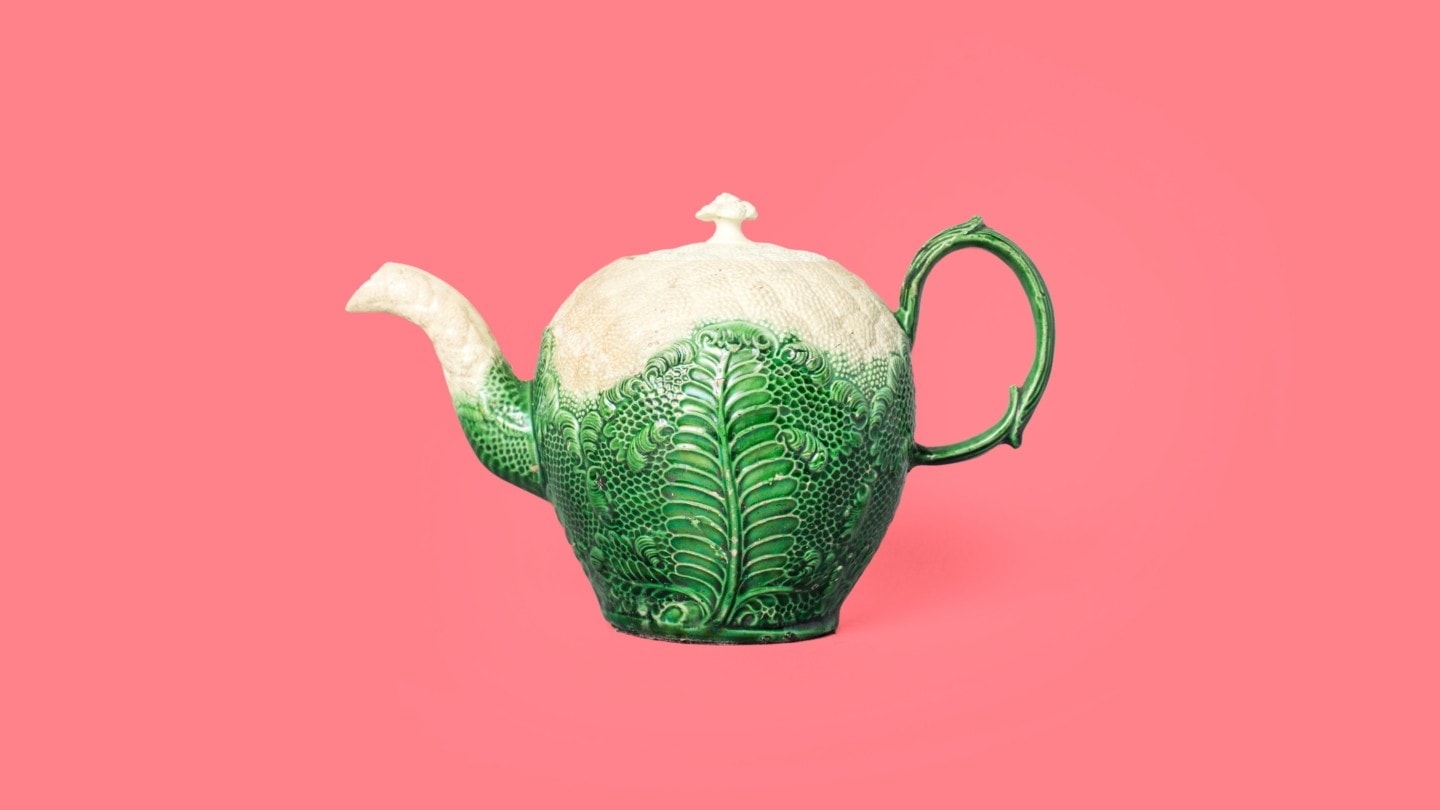As a man familiar with taste and the antique, Swan House architect Philip Trammell Shutze was a discriminating judge of quality, elegance, and style.

Trained in the classical tradition in Italy, Shutze was equipped with a discerning palate for the finer things in life: porcelain, art, furniture … and a superior dry martini.
After a successful career of designing homes, clubs, beach houses, and telephone dial stations, Shutze looked toward retirement in the late 1940s. At the same time, he began buying ceramics … and buying … and buying … This architect of palatial homes never owned a house of his own. Instead, he retired to a two-bedroom apartment on Peachtree Street in 1958. And filled it with a collection big enough for a museum.
There, he lived with his antiques and used his artifacts, storing portions of his 340-piece dinner service in the stove (he never cooked), the dishwasher, and the guest bathtub. He enjoyed his cocktail in cut-glass, sitting in his favorite 18th-century chair. He had flair and he had sophistication. He used a 200-year-old dove-shaped pot as his ashtray.
The exhibition Mandarin Shutze: A Chinese Export Life gives you an idea of what he collected and the life he lived. Porcelain predominates. China is called that because 200 and more years ago, that is where it came from. Shutze liked it and bought a lot. Think of it as interesting, fun, fanciful, and educational.
Highlights
- Extremely rare pair of Boar’s Head Tureens, Qiánlóng, China, made in 1763 – imagine the steam from hot soup rising out of their nostrils.
- Re-creation of Shutze’s apartment, including original paneling, favorite chair, very large martini glass and a sample of one of his “tablescapes.”
- Teapots from China and Europe manufactured between 1750 and 1820. Almost 30 in all.
- Best of all: A better understanding of ceramics – pottery vs. porcelain – and how it is made and decorated.
Contact
Learn. More.
-
Buildings & Grounds
Designed by Philip Trammel Shutze in 1928 for Edward and Emily Inman, Swan House is listed on the National Register of Historic Places.
-
Story
The Philip Trammell Shutze Architectural drawings collection comprises 638 sets of architectural drawings, 497 of which are digitized and available on our digital database.
-

